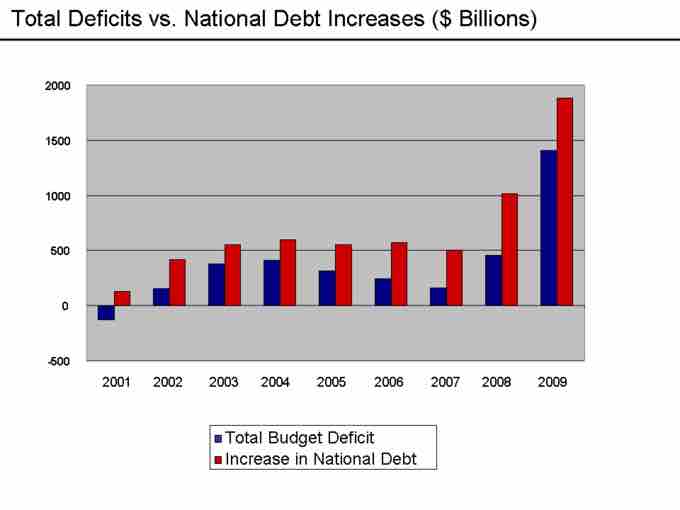Positive and normative economic thought are two specific branches of economic reasoning. Although they are associated with one another, positive and normative economic thought have different focuses when analyzing economic scenarios.
Positive Economics
Positive economics is a branch of economics that focuses on the description and explanation of phenomena, as well as their casual relationships. It focuses primarily on facts and cause-and-effect behavioral relationships, including developing and testing economic theories. As a science, positive economics focuses on analyzing economic behavior. It avoids economic value judgments. For example, positive economic theory would describe how money supply growth impacts inflation, but it does not provide any guidance on what policy should be followed. "The unemployment rate in France is higher than that in the United States" is a positive economic statement. It gives an overview of an economic situation without providing any guidance for necessary actions to address the issue.
Normative Economics
Normative economics is a branch of economics that expresses value or normative judgments about economic fairness. It focuses on what the outcome of the economy or goals of public policy should be. Many normative judgments are conditional. They are given up if facts or knowledge of facts change. In this instance, a change in values is seen as being purely scientific. Welfare economist Amartya Sen explained that basic (normative) judgments rely on knowledge of facts.
An example of a normative economic statement is "The price of milk should be $6 a gallon to give dairy farmers a higher living standard and to save the family farm. " It is a normative statement because it reflects value judgments. It states facts, but also explains what should be done. Normative economics has subfields that provide further scientific study including social choice theory, cooperative game theory, and mechanism design.
Relationship Between Positive and Normative Economics
Positive economics does impact normative economics because it ranks economic policies or outcomes based on acceptability (normative economics). Positive economics is defined as the "what is" of economics, while normative economics focuses on the "what ought to be. " Positive economics is utilized as a practical tool for achieving normative objectives. In other words, positive economics clearly states an economic issue and normative economics provides the value-based solution for the issue .

Debt Increases
This graph shows the debt increases in the United States from 2001-2009. Positive economics would provide a statement saying that the debt has increased. Normative economics would state what needs to be done in order to work towards resolving the issue of increasing debt.